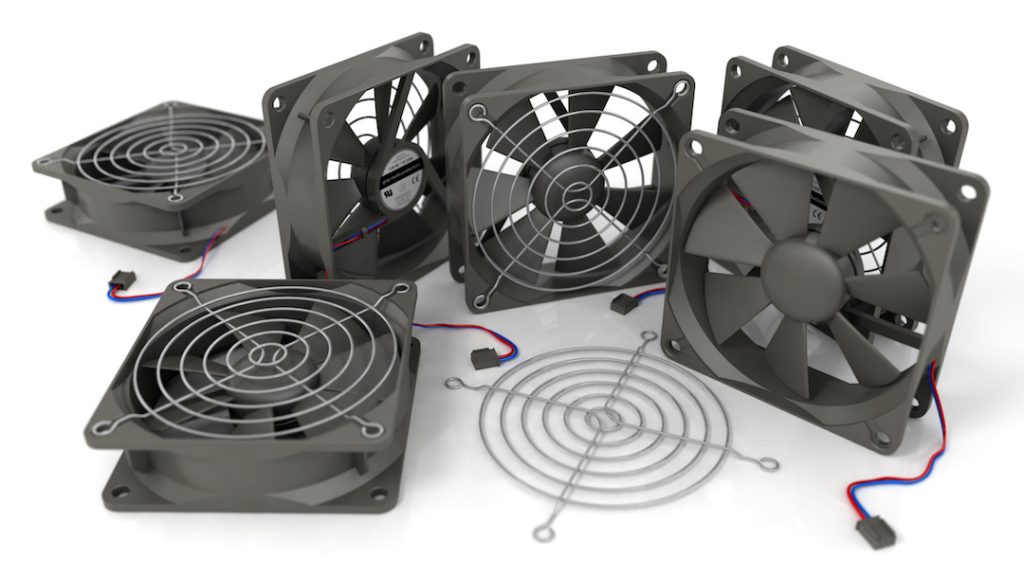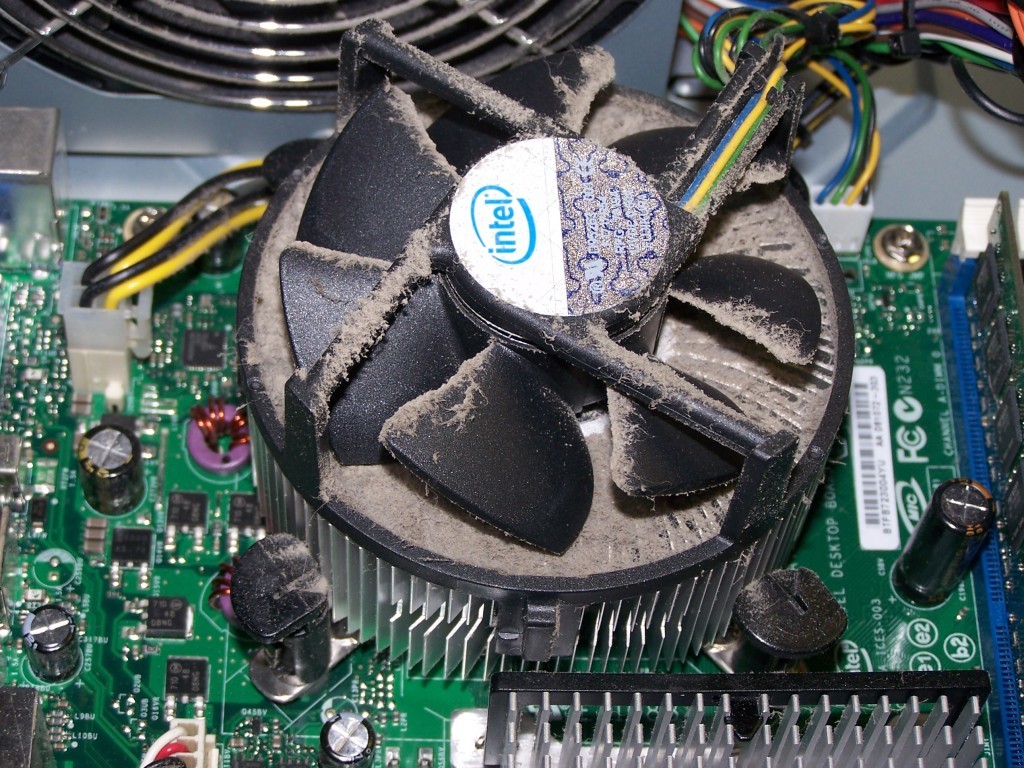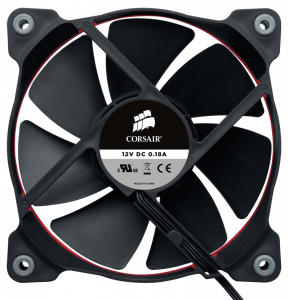How to tell if a cooling fan is dying and needs replacing

When you have a problem with your PC, typically it’s with a hard drive, video card, memory or even related to the motherboard. But, did you know that fans can die on you as well? They can, and the most common occurrence is with the CPU cooling fan.
With it being such a small part, you’d think it wouldn’t affect things too much. But, actually, fans are integral to keeping components running at optimal temperatures. The enemy of components is heat — too much heat can destroy your hardware, and that’s why fans are so important. If you’re experiencing trouble with your PC cooling fans, we’ll show you some warning signs that they’re on the their way out as well as how to troubleshoot.
Warnings
- Overheating: When your fans aren’t working, you’re going to be experiencing a lot of overheating problems, whether it be with the video card, CPU or other components. You can usually get a pretty good idea that your computer is overheating if you experience frequent system shutdowns with no apparent cause.
- System shutdown: Like we said, a system shutting down randomly is a pretty good indication that you might be facing overheating problems, and thus, issues with your fans. If your main CPU fan/heatsink stopped working, often you’ll get a “CPU fan failure” error or similar message. You might even see errors for different component-related fans, such as “power supply fan failure.” These errors are usually followed by a complete and automatic system shutdown if you aren’t able to get the fans working within one to three minutes after the error message popping up.
- Fan noise: When fans are running, generally, you can hear them. It’s not a loud sound by any means, but is certainly noticeable. That said, when running your computer, if you just hear dead silence, it might be best to pop the hood and take a look at what’s going on. Not only that, but fans on the way out can make strange noises, too. Not all the time, but they can, so that’s something to keep an eye out for as well.
Truth be told, there aren’t a whole lot of warnings in advance that your fans are dying, other than higher than normal temperatures on your components. However, when a fan does die, it can be pretty obvious from the above listed warning signs.
Troubleshooting
If your fans aren’t working, the first place to start is to make sure they’re all plugged in. Pop open your computer and check that the wires are all firmly connected. If not, reconnect the fans to the PC.
It’s quite possible that your fans are working fine, but are just caked with dust and lint. In a situation like that, your PC fans won’t be able to operate at 100% functionality. To fix this problem, you’ll need to grab an air can or damp cloth and clean out the fan assemblies. You can also use a vacuum to blow out particles, although the prior two suggestions are your safest route, as vacuums can produce static electricity and potentially (but rarely) fry one of your components.
If that didn’t work and everything else with your computer appears to be working fine — you need a new fan. There isn’t really a way to save it or bring it back from the dead — it’s as simple as buying a new one, taking the old one out and installing the new fan.
It’s worth noting that if you’re, say, replacing a power supply fan, you should instead buy a whole new power supply. Unless you know what you’re doing, it’s not worth opening the cover of the power supply and risking an electrical discharge that could potentially harm you.
If you have a fan that’s dead or dying, the answer is to simply replace it. If a fan seems like its working, but the bearings inside it are on their way out, you could still be having issues with the rotational speed, and thus, not enough power to keep components cool or air moving through the system. You’ll need to replace the fan.
Now, if you’re trying to isolate a noisy fan, you could easily just disconnect the fans one at a time to see which one is producing the noise. Alternatively, you could take your fans out and test them individually with a multimeter.
Closing
And that wraps up our troubleshooting guide on fan failure. Fan failure is extremely simple to diagnose. It’s also super simple to fix, since it almost always requires a new fan replacement. Not only that, but it’s as simple as removing the fan from its old spot and putting a new one in its place. It’s a quick job that’ll get your PC back up and running in no time!
We hope this guide helped you get to the bottom of the problem with your PC fans. But if you’re still stuck, be sure to head on over to the PCMech forum and post your problem to get some additional help from the PCMech community!


















